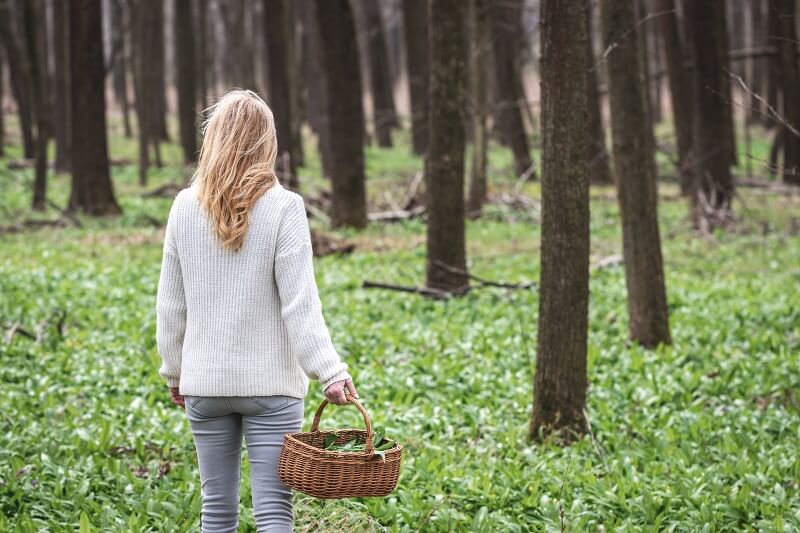It’s bear’s garlic season, but it can cause serious trouble if you confuse it with lily of the valley, which is known to have caused poisonings and even deaths.
Bear’s garlic is a typical plant of the spring woods, and its harvesting season is in late March or early April. Everyone should know the rules for collecting it, and it is also important for the inexperienced to know how to distinguish it from poisonous lily of the valley.
Many people love the fresh, delicate taste of bear’s garlic, as well as its beneficial dietary properties. It is advisable to collect bear’s garlic at the beginning of the season, when the similar-looking but poisonous leaves of the lily of the valley are not yet in season.
How can you tell the difference between bear’s garlic and lily of the valley?
Unfortunately, poisoning and deaths have already been caused by confusing bear’s garlic with lily of the valley. The two plants are deceptively similar on the outside, but if you examine them closely you can clearly see the differences between the poisonous flower and the herb:
- if you rub a leaf, the leaves of the bear’s garlic have the smell of onions
- the shape of the leaf is revealing:
◦ bear’s garlic leaf is thinner, 3-4 cm wide, elongated, with a hollowed-out
◦ the lily of the valley leaf is 6-8 cm wide, with a shiny surface - The root systems of the two plants are also different:
◦ bear’s garlic grows from bulbs
◦ lily of the valley has rhizomes - there is also a big difference in the flowers:
◦ bear’s garlic flowers develop at the tip of the stem, and they are small, white and star-shaped
◦ lily of the valley has sweet-smelling, bell-shaped, white flowers - both bear’s garlic and lily of the valley prefer shady woods, where they are most commonly found as part of the undergrowth. However, if you find leaves similar to bear’s garlic in a sunny meadow or field, don’t pick them, as they may be the leaves of autumn crocus, which is also poisonous.

In any case, if you are unsure about what kind of plant you have found, do not pick it. If you have accidentally picked lily of the valley, wash your hands, and if you have already consumed it, seek medical attention immediately.
Just 2 or 3 of lily of the valley leaves are enough to cause a serious cardiac dysfunction: slow heart rate, abdominal pain, diarrhea.
Why is bear’s garlic healthy?
Bear’s garlic is special not only for its gastronomic value, but its beneficial effects have been known for centuries in folk medicine: the Celts and Germanic tribes used bear’s garlic because it was believed to purify, strengthen and energize the body.
Vital effects:
• a powerful antibiotic
• an excellent antifungal
• reduces LDL cholesterol levels in the blood without side effects, while also increasing the beneficial HDL cholesterol
• lowers blood pressure
• reduces the risk of cardiovascular disease
• an effective bowel cleanser, improves metabolism
• high in antioxidants, vitamins and minerals that strengthen the immune system
• relieves the symptoms of asthma
• cleans and disinfects the urinary tract
• its decoction reduces fever
• its decoction and fresh leaves soothe and cleanse irritated or infected skin

